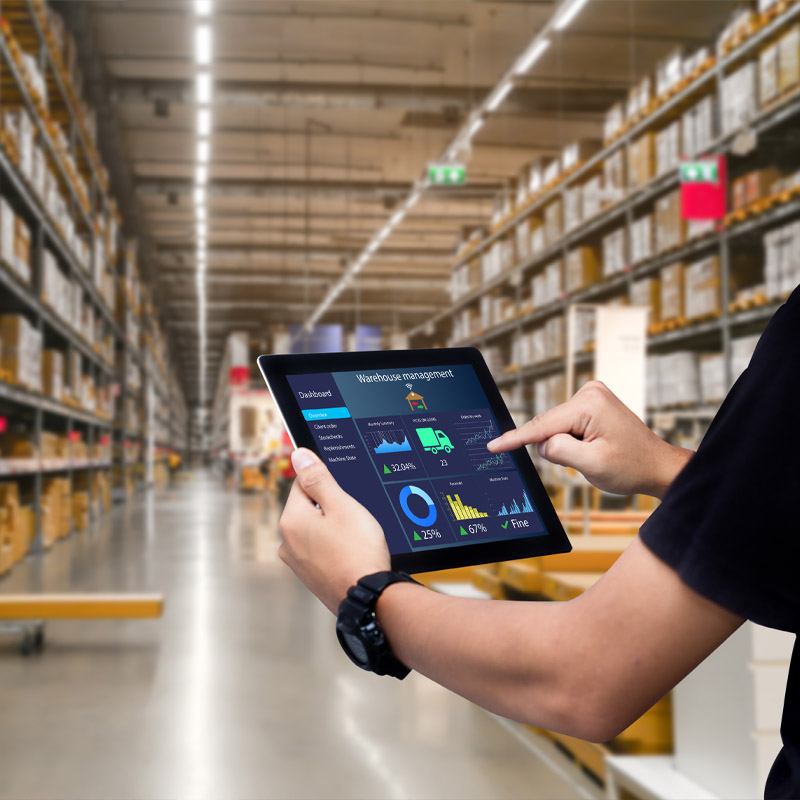
Automotive industry trends: The automotive industry is facing major challenges today. Car sharing, autonomous driving and electric cars – digitalization is changing the industry at a breathtaking pace.
In the automotive sector in particular, German companies are global leaders and must remain innovative in order to successfully defend their position. This is because new competition has entered the scene and is displacing the big players with innovative and disruptive methods.
Thus, in the course of the 4th industrial revolution, not only the market and its requirements are changing, but the companies themselves must also keep pace with the new technologies and strategies.
It runs and runs – but where to?
The current challenges of the automotive industry
The challengers are not from within the industry, but from other sectors such as IT or consumer electronics.
They adapt flexibly and innovatively to the market and are more willing to take risks. This mix gives competitors a decent boost.
In addition, the car has lost out as an autonomous product. It must now not only be refueled or supplied with energy. Vehicles will be a component of larger systems in the future (city, energy, communications), which complicates their application.
The system in the automotive industry includes suppliers, the organization at different locations in Germany and abroad, the regulation of the markets and the products with their long product cycles.
Industry 4.0 in automotive production- position assessment
To put it in a nutshell: It is far from enough to simply mechanize production. Automobile manufacturers can now only remain competitive if they keep up, take an agile approach and allow innovations.
The most important piece of the puzzle in Industry 4.0 is the Smart Factory, the digital factory. With the help of digitization, automation and networking of all interfaces and players, the industrial value chain can be optimized.
According to a study by Capgemini’s Digital Transformation Institute, the situation looks quite mixed. So it came out that:
Approx. 59% of German automotive companies have already introduced smart factories, but 42% of automotive manufacturers are currently failing to exploit the full optimization potential of a smart factory.
46% of automotive companies have already achieved success with the use of digital factories, but only 31% of automotive suppliers manage to implement digital factory measures.
Successful examples of Industry 4.0
There are several best practices for successfully and cleverly establishing Industry 4.0 in the automotive industry.
There’s Daimler’s remarkable innovative leap: specialists use machine data to optimize the quality of cylinder heads. Deviations or anomalies in the production process thus become apparent at an early stage and employees can intervene in good time.
The result: the error rate drops significantly and production costs are reduced.
VW’s approach is also interesting. The Group is testing RFID (Radio Frequency Identification) technology in a project. The goal is to more quickly recognize components that have already been provided with chips by the supplier. In this way, employees recognize the prototype parts within the vehicle and can quickly obtain information about details.
Horizontal and vertical networking
Both manufacturers and suppliers are confronted with the task of correlating and evaluating product data from various sources across the entire value chain.
Two factors in particular play a key role in Industry 4.0:
1. Horizontal networking
What is meant is the connection of individual devices, plants and production elements with each other. Other communication channels across operational areas such as machines and warehouse systems or between participating companies are also included.
2. Vertical networking
This is about hierarchy levels that are interconnected. This ranges from sensors in manufacturing to smartphones in the business sector.


